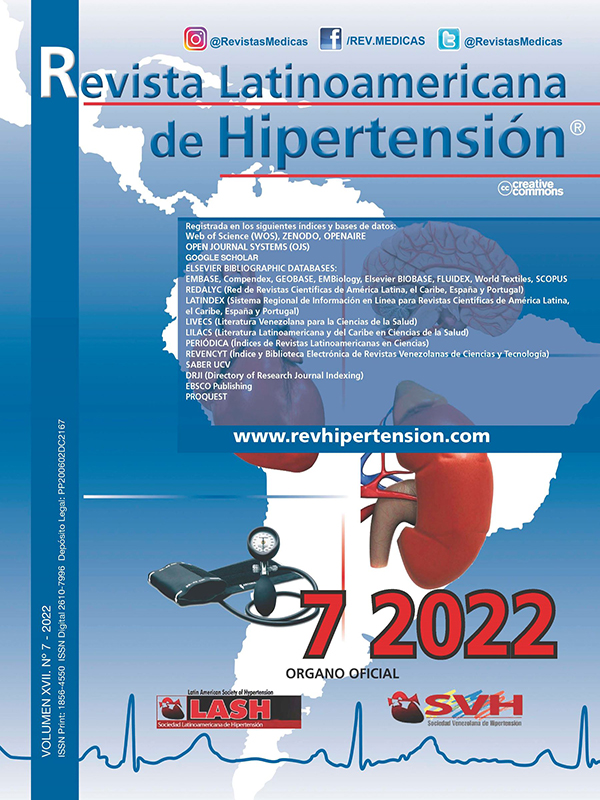The importance of health spending in the Base of the Pyramid (BoP) population from Norte de Santander, Colombia
Abstract
Introduction. The article analyzes whether health is among the three main expenditures that a household allocates from its income in the population at the base of the pyramid (BoP) and whether or not there is an association with people belonging to different socioeconomic levels in the department of Norte de Santander, Colombia. Methods. The data analyzed come from a questionnaire applied to a sample of 2,394 households in the Norte de Santander region (Colombia), which were classified by socio-economic levels through the construction of a global synthetic index that, through scales, allows households to be segmented by poverty conditions, from the most intense poverty condition to the most favorable non-poverty condition respectively, resulting in 1,521 households at the Base of the Pyramid. Results. The findings show that for BoP households, health expenditures are presented in the highest proportion of the total sample, with a value of 15.51%, while in the middle class only 10.64% of households included health expenditures among the top three and the upper class 8.96%. Likewise, the categories of expenditure that are associated with the different socioeconomic levels are housing, public services, health, and education. Conclusions. Although the income level of the study population is low, it can be inferred that the BoP households surveyed in the region of Norte de Santander, Colombia, health expenditures are presented in the highest proportion of the total sample, with a value of 15.51%, while in the middle class only 10.64% of households included health expenditures among the top three, and the upper class 8.96%.

